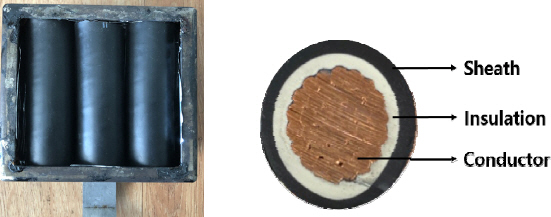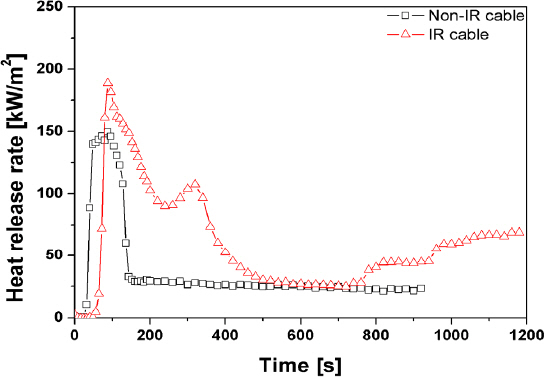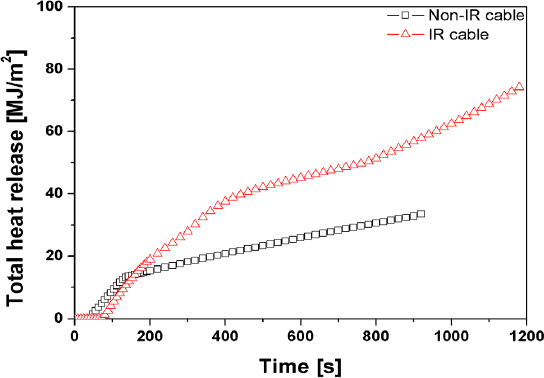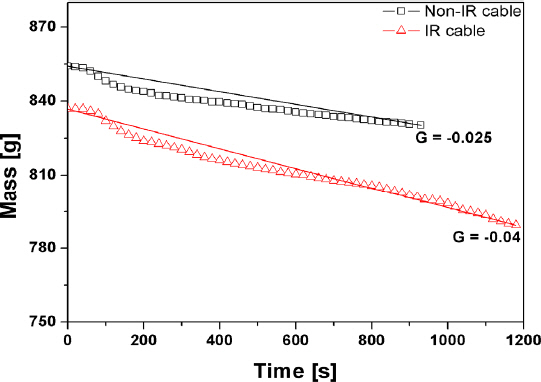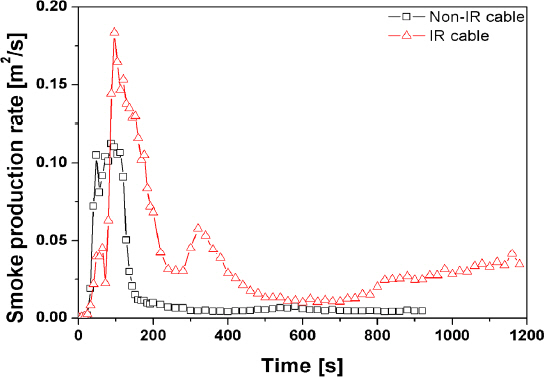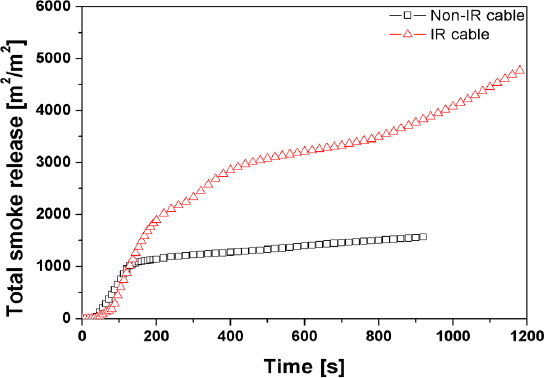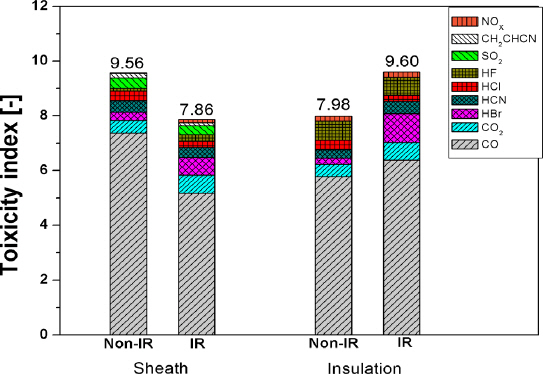1. L Li, X Huang, K Bi and X Liu, “An Enhanced Fire Hazard Assessment Model and Validation Experiments for Vertical Cable Trays”, Nuclear Engineering and Design, Vol. 301, pp. 32-38 (2016),
https://doi.org/10.1016/j.nucengdes.2015.12.034.

2. NUREG/CR-6850. “Fire PRA Methodology for Nuclear Power Facilities”, (2005).
3. T Gong, Q Xie and X Huang, “Fire Behaviors of Flame- retardant Cables Part I:Decomposition, Swelling and Spontaneous Ignition”, Fire Safety Journal, Vol. 95, pp. 113-121 (2018),
https://doi.org/10.1016/j.firesaf.2017.10.005.

4. T. V Santhosh, V Gopika, A. K Ghosh and B. G Fernandes, “An Approach for Reliability Prediction of Instrumentation &Control Cables by Artificial Neural Networks and Weibull Theory for Probabilistic Safety Assessment of NPPs”, Reliability Engineering and System Safety, Vol. 170, pp. 31-44 (2018),
https://doi.org/10.1016/j.ress.2017.10.010.

5. L Verardi, D Fabiani and G. C Montanari, “Electrical Aging Markers for EPR-based Low-voltage Cable Insulation Wiring of Nuclear Power Plants”, Radiation Physics and Chemistry, Vol. 94, pp. 166-170 (2014),
https://doi.org/10.1016/j.radphyschem.2013.05.03.

6. S. G Choi, Y. J Nam, S. Y Jin and S. K Kim, “Characteristics of HFIX Insulated Wire Sheaths Contaminated by Pollutants”, Fire Science and Engineering, Vol. 34, No. 3, pp. 8-17 (2020).

7. Y. M Ferng and C. H Liu, “Investigating the Burning Characteristics of Electric Cables used in the Nuclear Power Plant by Way of 3-D transient FDS Code”, Nuclear Engineering and Design, Vol. 241, pp. 88-94 (2011),
https://doi.org/10.1016/j.nucengdes.2010.08.021.

8. E. H Jang, M. H Kim, M. C Lee, S. K Lee and Y. S Moon, “Experimental Study on the Toxicity Characteristics of Non-Class 1E Cables According to Accelerated Deterioration”, Fire Science and Engineering, Vol. 33, No. 6, pp. 105-113 (2019).

9. NUREG-0800. “Standard Review Plan for the Review of Safety Analysis Reports for Nuclear Power Plant”, (2017).
10. IEEE-383. “IEEE Standard for Type Test of Class 1E Electric Cables, Field Splices, and Connections for Nuclear Power Generating Stations”, (1974).
11. ISO 5660-1. “Reaction to Fire Tests -Heat Release, Smoke Production and Mass Loss Rate -Part 1:Heat Release Rate (Cone Calorime-ter Method) and Smoke Production Rate (Dynamic Measurement)”, (2015).
12. L Ahmed, B Zhang, R Shen, R. J Agnew, H Park, Z Cheng, M. S Mannan and Q Wang, “Fire Reaction Properties of Polystyrene-based Nanocomposites using Nanosilica and Nanoclay as Additives in Cone Calorimeter Test”, Journal of Thermal Analysis and Calorimetry, Vol. 132, pp. 1853-1865 (2018),
https://doi.org/10.1007/s10973-018-7127-9.

13. NES 713. “Determination of the Toxicity Index of the Products of Combustion from Small Specimens of Materials”, (2012).
14. B. N Jang and J. H Choi, “Flame Retardant and Flame Retardant Resin Research Trend”, Polymer Science and Technology, Vol. 20, No. 1, pp. 8-15 (2009).
15. B Wang, Q Tai, S Nie, K Zhou, Q Tang, Y Hu and L Song, “Electron Beam Irradiation Cross Linking of Halogen-Free Flame-retardant Ethylene Vinyl Acetate (EVA) Copolymer by Silica Gel Microencapsulated Ammonium Polyphosphate and Char-forming Agent”, Industrial and Engineering Chemistry Research, Vol. 50, pp. 5596-5605 (2011),
https://doi.org/10.1021/ie102394q.

16. R Shen, L. C Hatanaka, L Ahmed, R. J Agnew, M. S Mannan and Q Wang, “Cone Calorimeter Analysis of Flame Retardant Poly (Methyl Methacrylate)-silica Nanocomposites”, Journal of Thermal Analysis and Calorimetry, Vol. 128, pp. 1443-1451 (2017),
https://doi.org/10.1007/s10973-016-6070-x.

17. J. S Park, “Chemorheological Aspects in Polymer Irradiation”, The Korean Journal of Rheology, Vol. 2, No. 1, pp. 18-26 (1990).
18. J. S Choi, J. Y Sohn and J. H Shin, “Changes in the Chemical Structure and the Thermal/Physical Properties of Fluoropolymer Films Induced by Gamma Irradiation under Various Environments”, Polymer (Korea), Vol. 38, No. 4, pp. 457-463 (2014).

19. H. J Seo, N. K Kim, S. K Lee, Y. S Moon and M. C Lee, “An Experimental Study on the Combustion Characteristics of Non Class 1E cables”, Journal of The Korean Society of Combustion, Vol. 24, No. 1, pp. 15-24 (2019).

20. E Jin and Y. J Chung, “Smoke Hazard Assessment of Cypress Wood Coated with Boron/Silicon Sol Compounds”, Fire Science and Engineering, Vol. 34, No. 1, pp. 1-10 (2020).

21. M. R Ricciardi, V Antonucci, M Zarrelli and M Giordano, “Fire Behavior and Smoke Emission of Phosphate-based Inorganic Fire-retarded Polyester Resin”, Fire and Materials, Vol. 36, No. 3, pp. 203-215 (2012),
https://doi.org/10.1002/fam.1101.

22. Z Zhang, Y He and Y Wu, “Experimental Study on Smoke Characteristics of Aviation Cable Material Based on Cone Calorimeter”, 2019 9th International Conference, Fire Science and Fire Protection Engineering, pp. 1-7 (2019),
https://doi.org/10.1109/ICFSFPE4∯.2019.9055786.

23. L Liu, X Chen and C Jiao, “Influence of Ferrocene on Smoke Suppression Properties and Combustion Behavior of Intumescent Flame-retardant Epoxy Composites”, Journal of Thermal Analysis and Calorimetry, Vol. 122, pp. 437-447 (2015),
https://doi.org/10.1007/s10973-015-4928-y.

25. J Wang, L Wang and A Xiao, “Recent Research Progress on the Flame-retardant Mechanism of Halogen-free Flame Retardant Polypropylene”, Polymer-Plastics Technology and Engineering, Vol. 48, No. 3, pp. 297-302 (2009),
https://doi.org/10.1080/03602550802675645.

26. A Schnipper, L Smith-hansen and E. S Thomsen, “Reduced Combustion Efficiency of Chlorinated Compounds, Resulting in Higher Yields of Carbon Monoxide”, Fire and Materials, Vol. 19, pp. 61-64 (1995),
https://doi.org/10.1002/fam.810190203.





